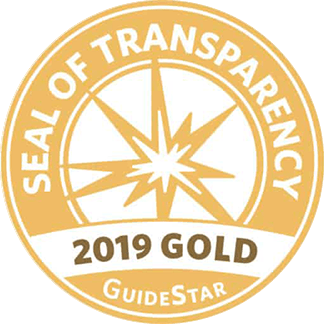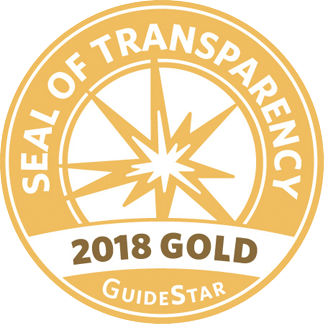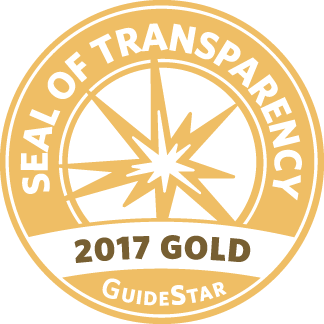Recently, the House of Representatives passed a bill as part of the Build Back Better package to create a permanent, comprehensive national paid leave program. The full package must now pass the Senate and the paid leave legislation may change along the way. Here’s what you need to know.
Who would be covered?
Under the bill, all workers—whether they are employees or independent contractors, whether they work in the public or private sectors, regardless of the size of their employer—would be covered. Workers would be eligible for benefits when they have a qualifying need if they have earned income (in any amount), including income from unemployment benefits, over a designated several-month period prior to the start of the benefit period and have earned at least $2,000 in income (including unemployment benefits) during a designated two-year period.
What can workers use their leave benefits for?
Starting January 1, 2024, workers can receive benefits when they need leave for their own serious health need; to care for a seriously ill loved one (including a parent, child, spouse, registered domestic partner, sibling, grandparent, grandchild, or other person whose relationship to the worker is like family); or to bond with a new child (for parents of any gender, including foster and adoptive parents).
How long can workers receive benefits for?
Workers can take leave for any combination of covered purposes for up to 4 weeks. Benefits are payable starting with the second calendar week in which a worker uses covered leave (the first calendar week is an unpaid waiting period).
How much money will workers receive while they are on leave?
Workers will receive a percentage of their income on a sliding scale (amounts approximate & adjusted annually):
- 90.138% of income below $290 per week
- 73.171% of income between $290 and $659 per week
- 53.023% of income between $659 and $1192 per week
The maximum benefit will be about $814 per week, adjusted annually. Exact wage replacement rates may be lower as a result of budget sequester.
How will workers receive their benefits?
Depending on where they work, workers will apply for and receive their benefits either:
- Through the Social Security Administration, which will administer the program;
- Through an existing state paid leave program (reimbursed by federal funds); or
- Through an approved employer program (reimbursed by federal funds).
What worker protections would the bill provide?
The bill would not provide new, generally applicable worker protections. However, it would guarantee the right to get their job back, among other important protections, to workers whose benefits are provided through a reimbursed employer program. In addition, many workers already have the right to job-protected leave under existing federal and state laws, like the Family and Medical Leave Act.
What about existing state paid leave programs?
States with existing paid leave programs will be able to continue those programs and, if they meet certain criteria, receive federal reimbursement.




